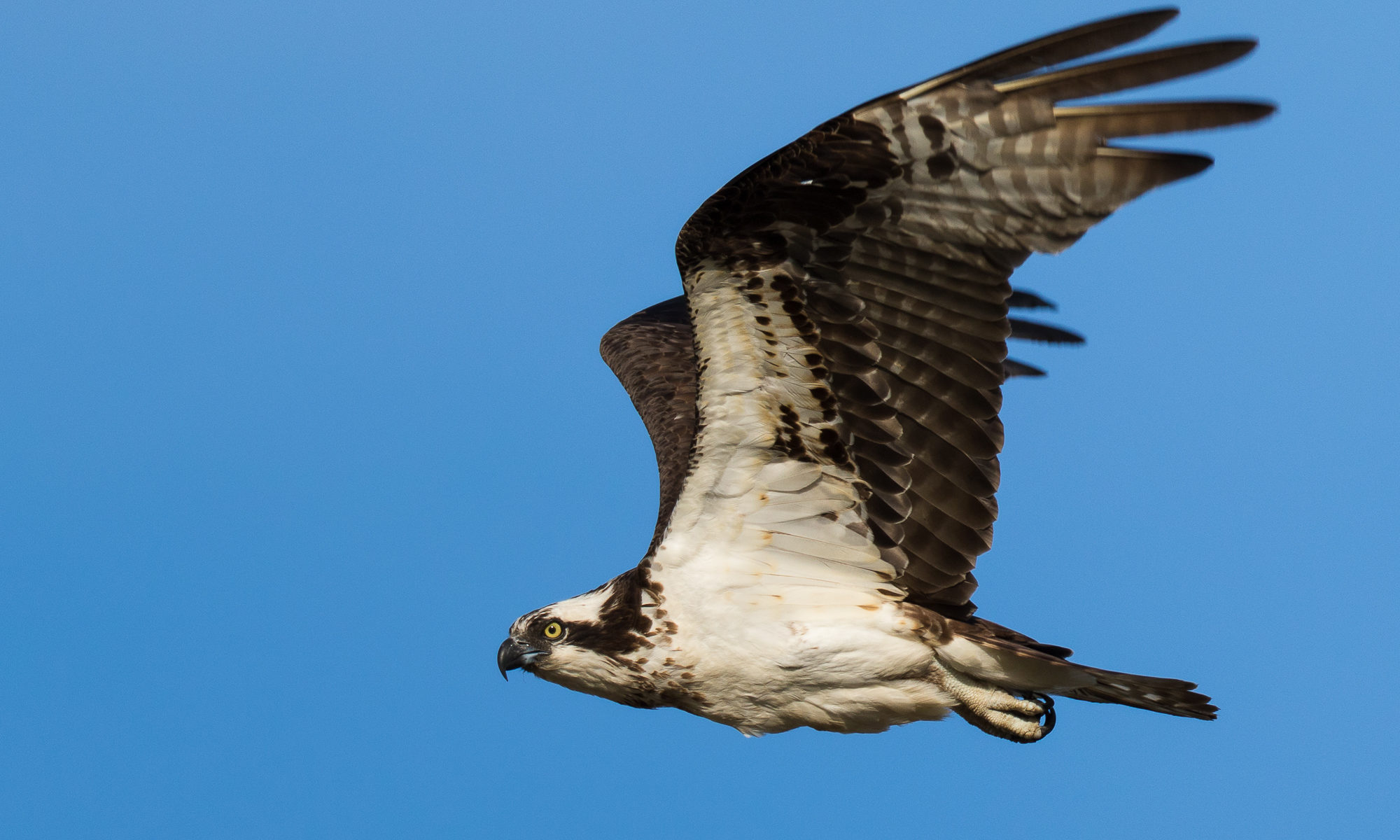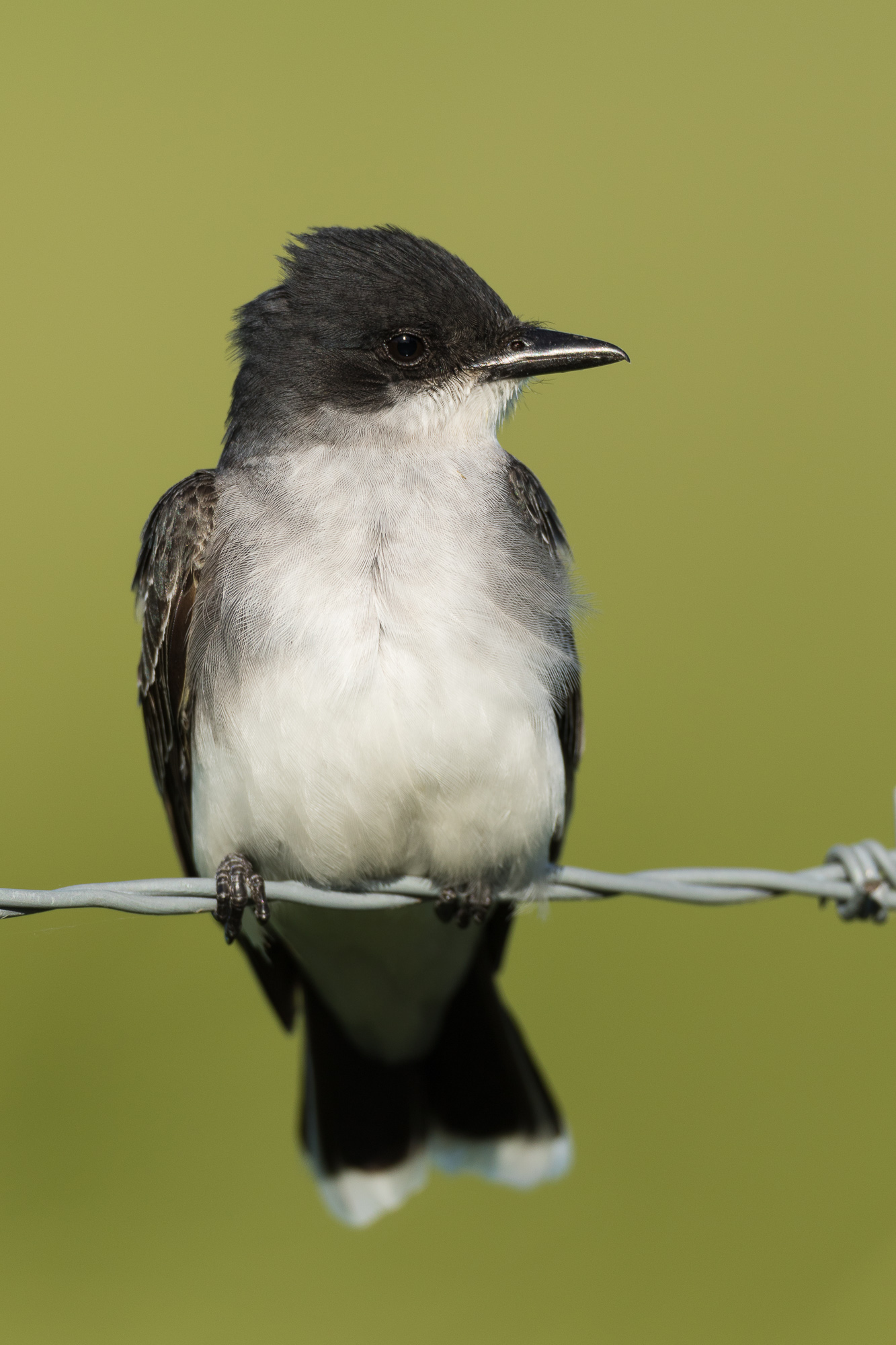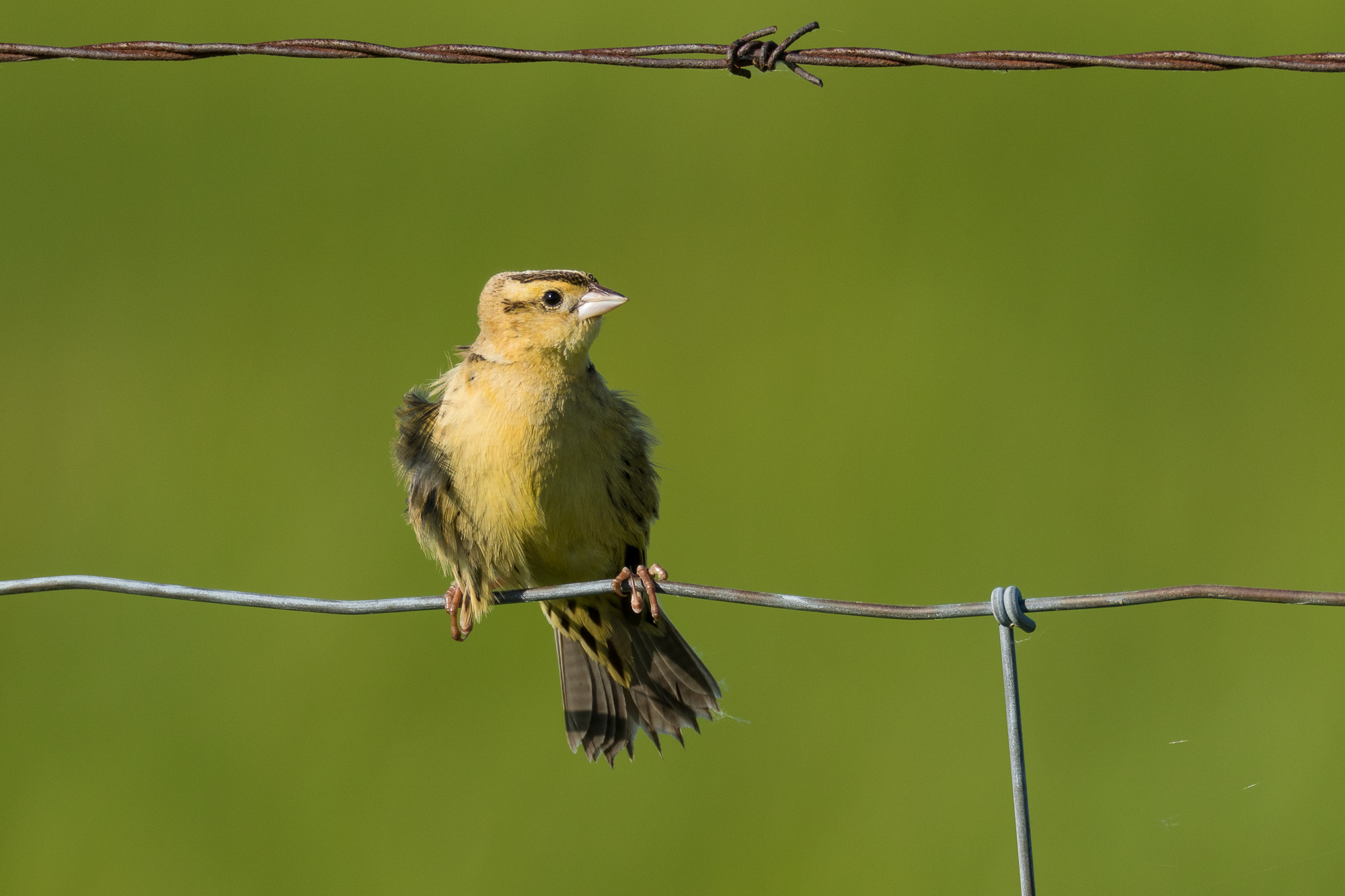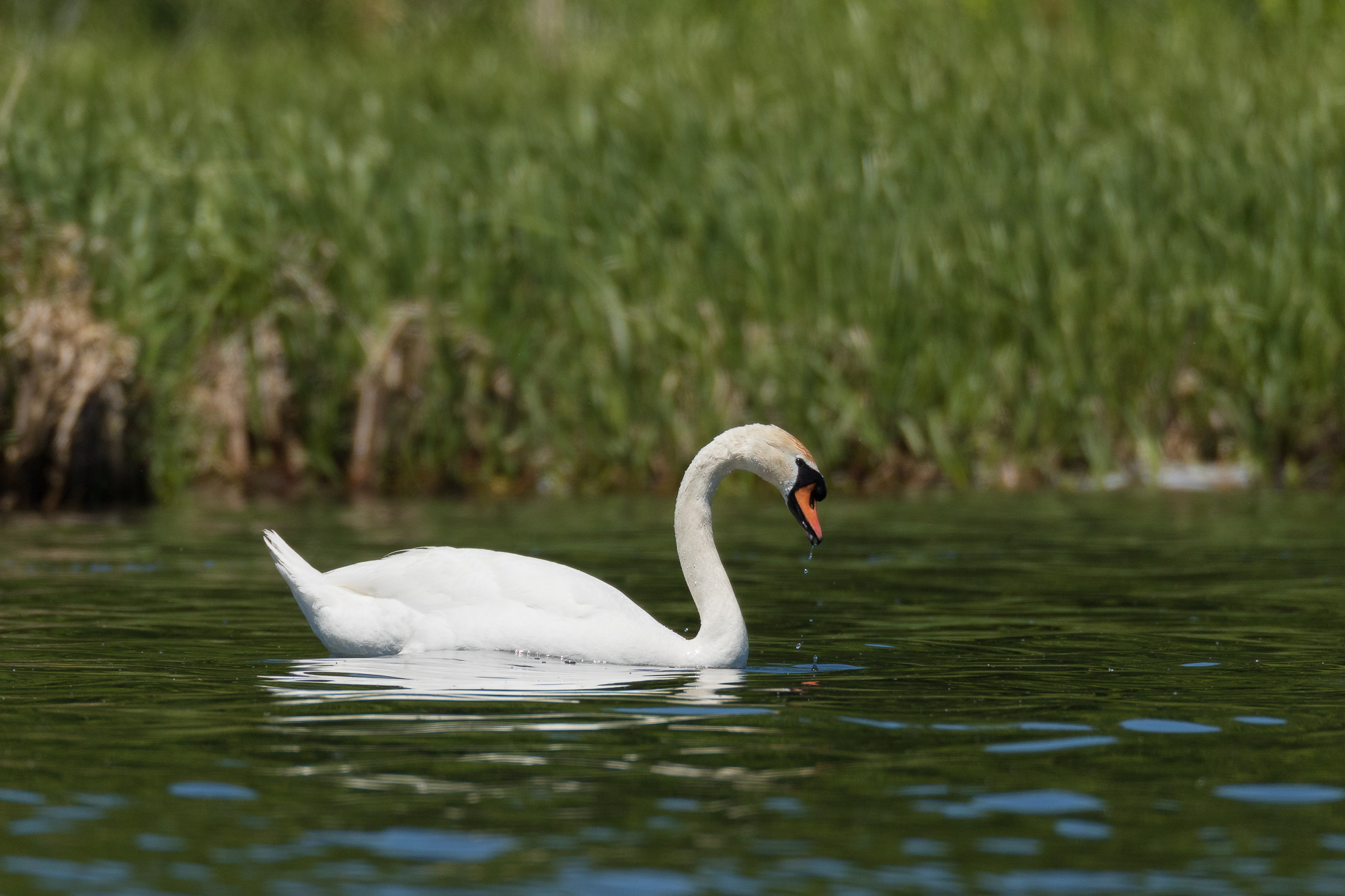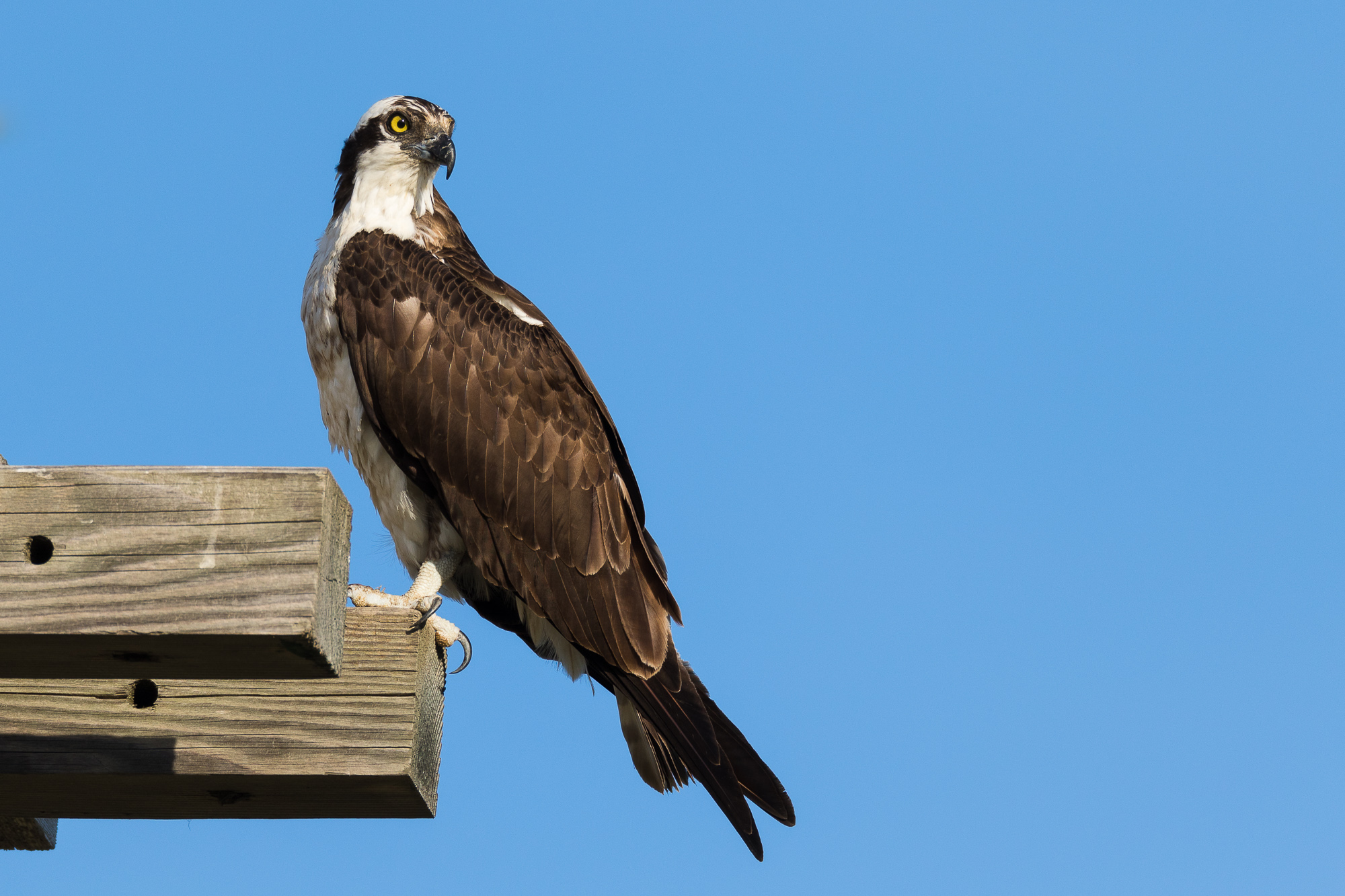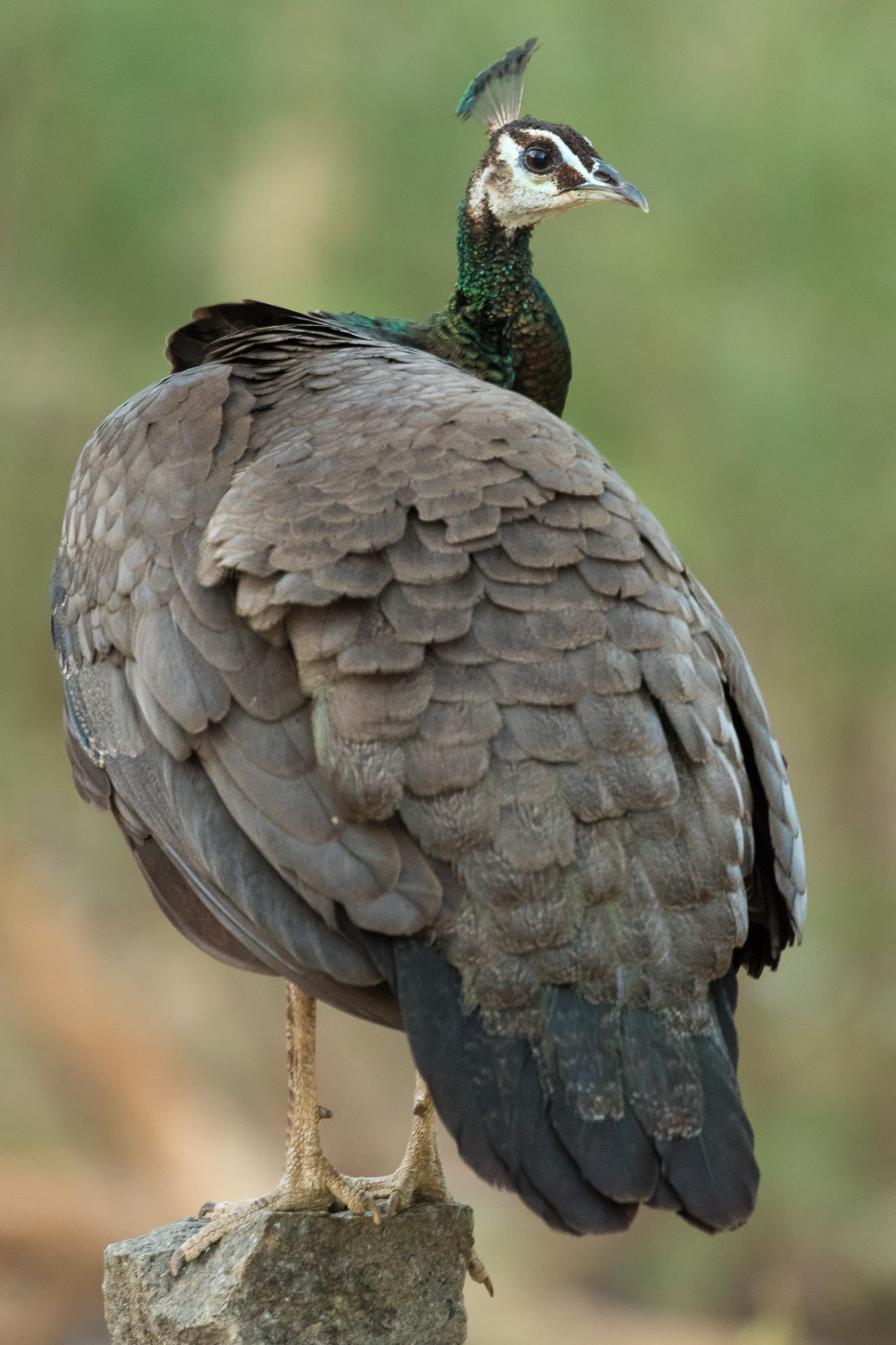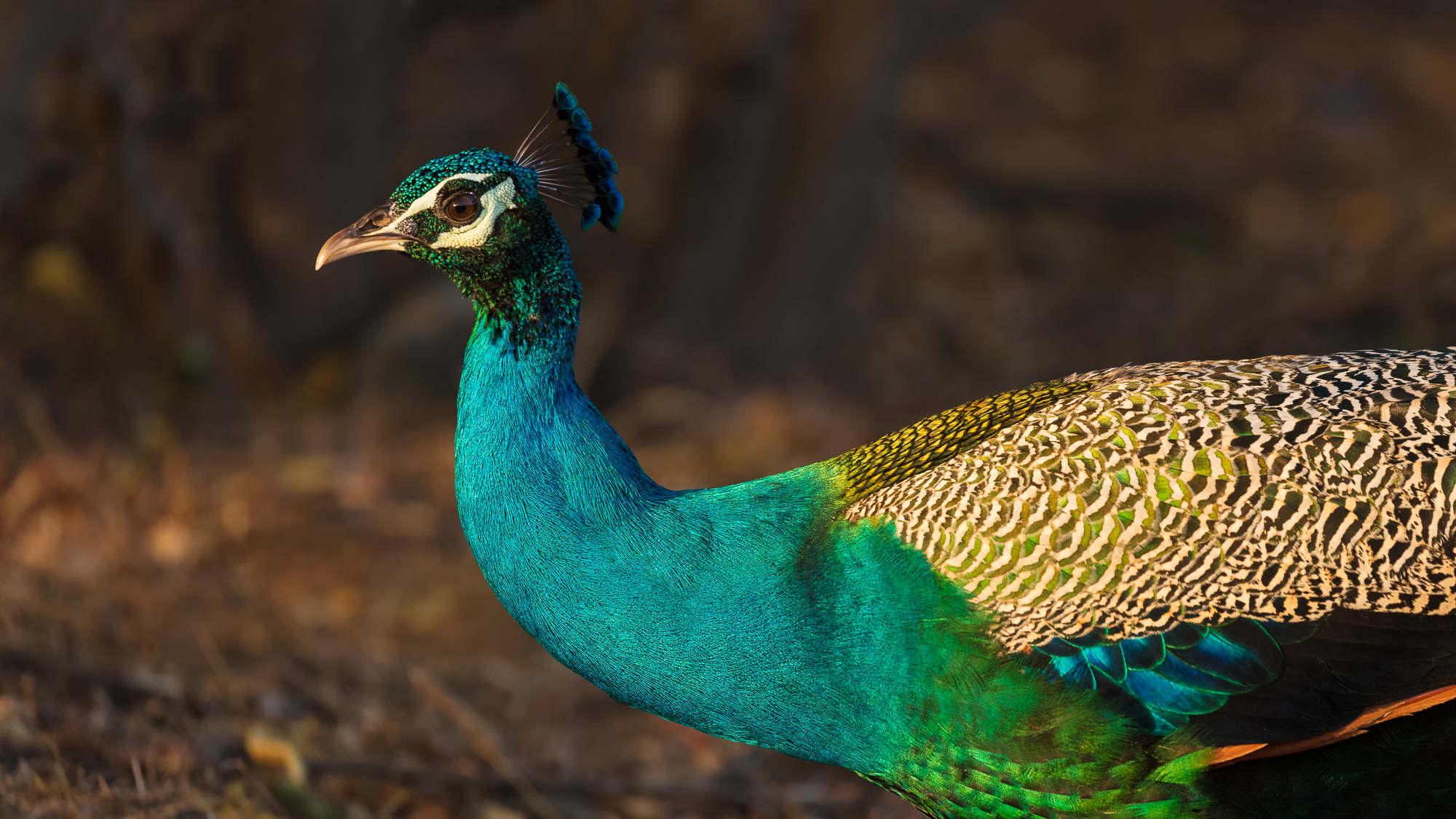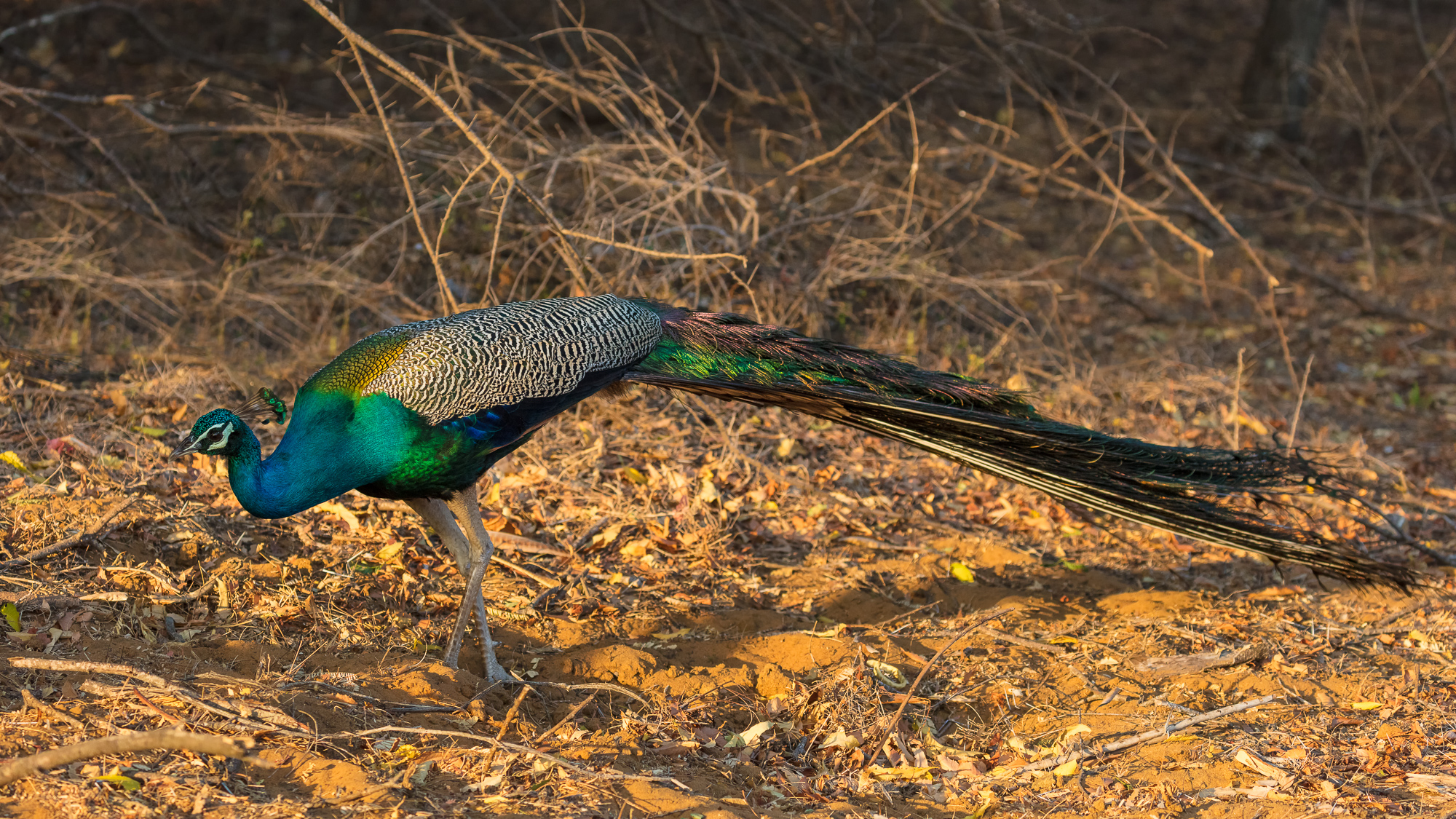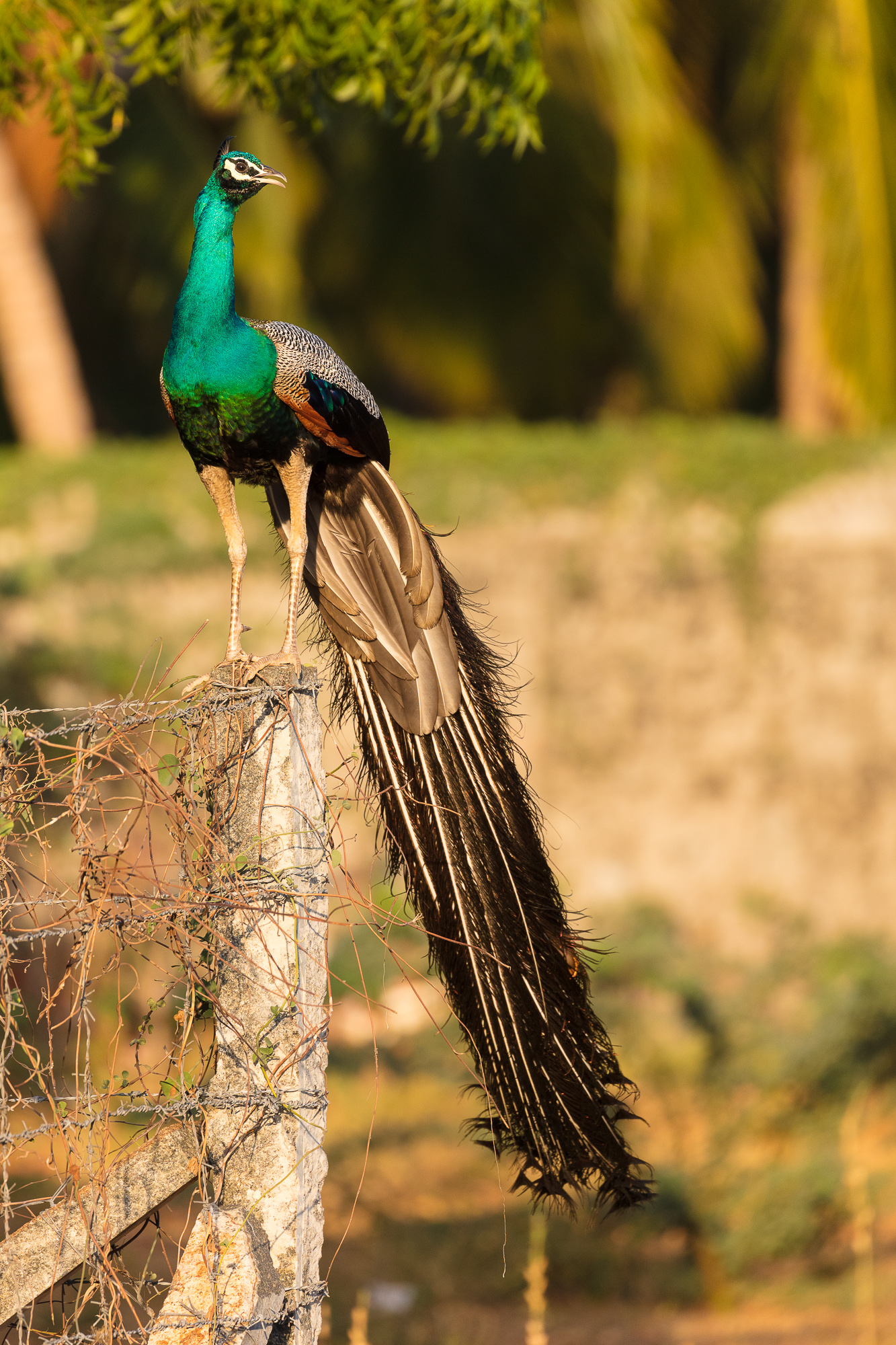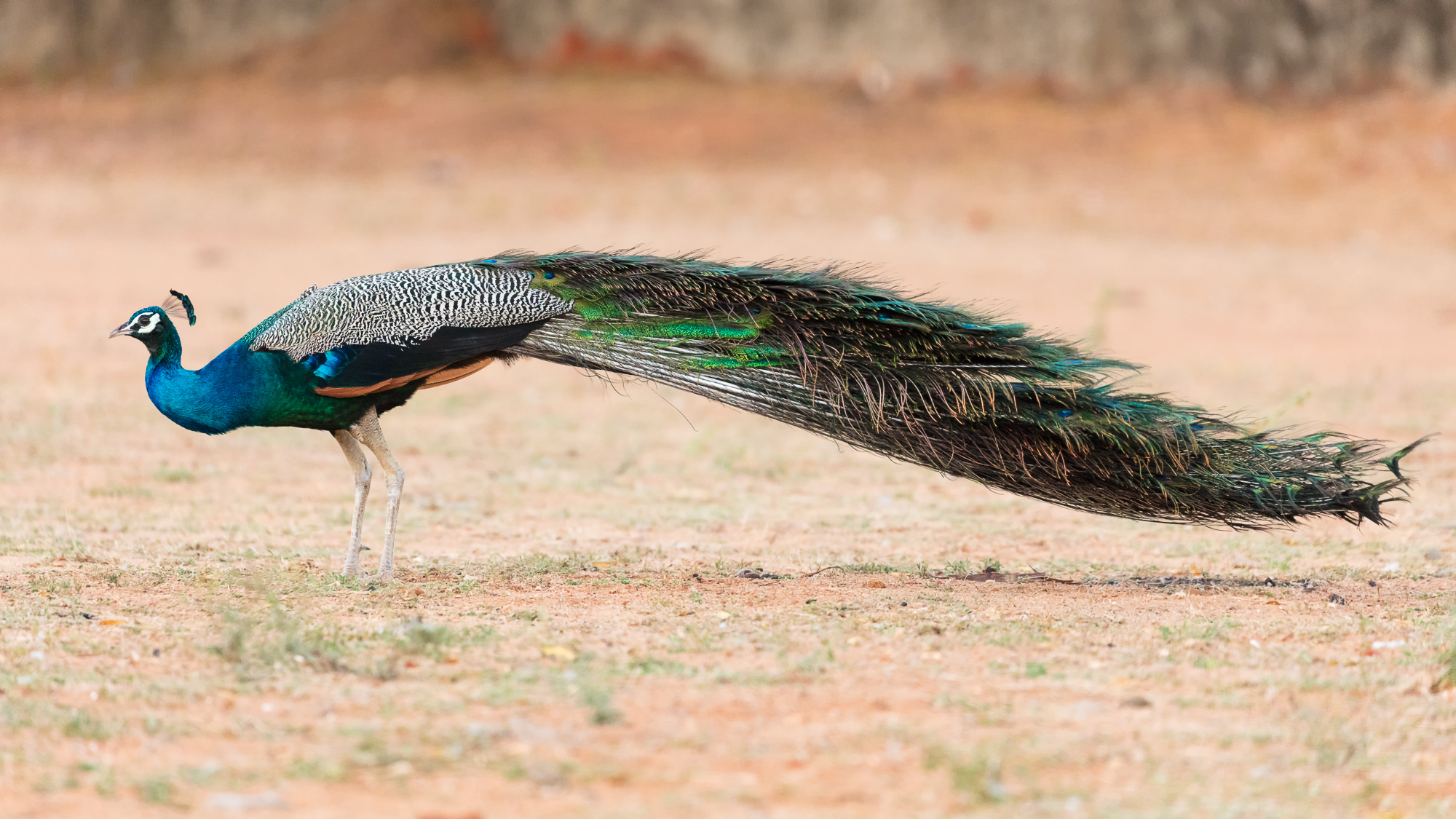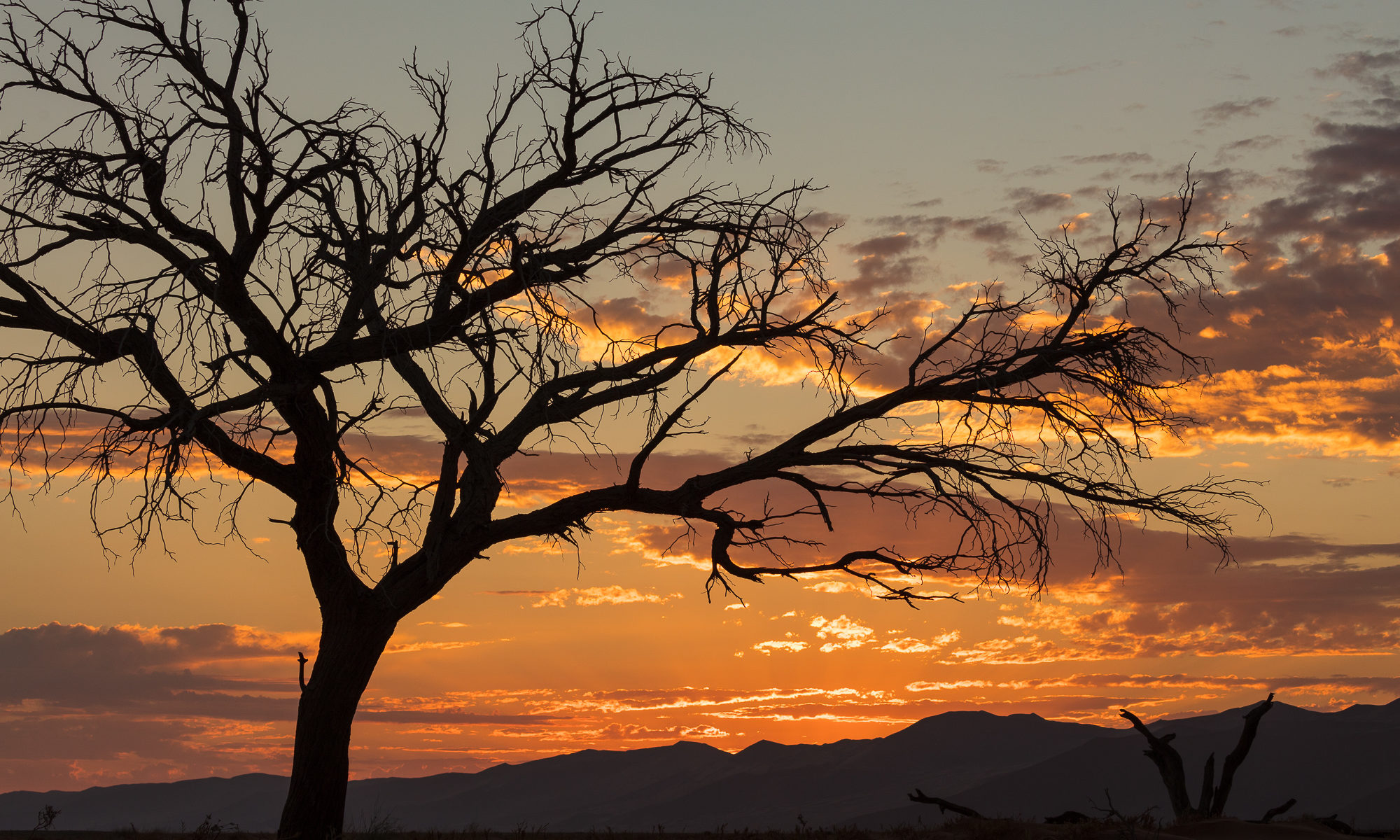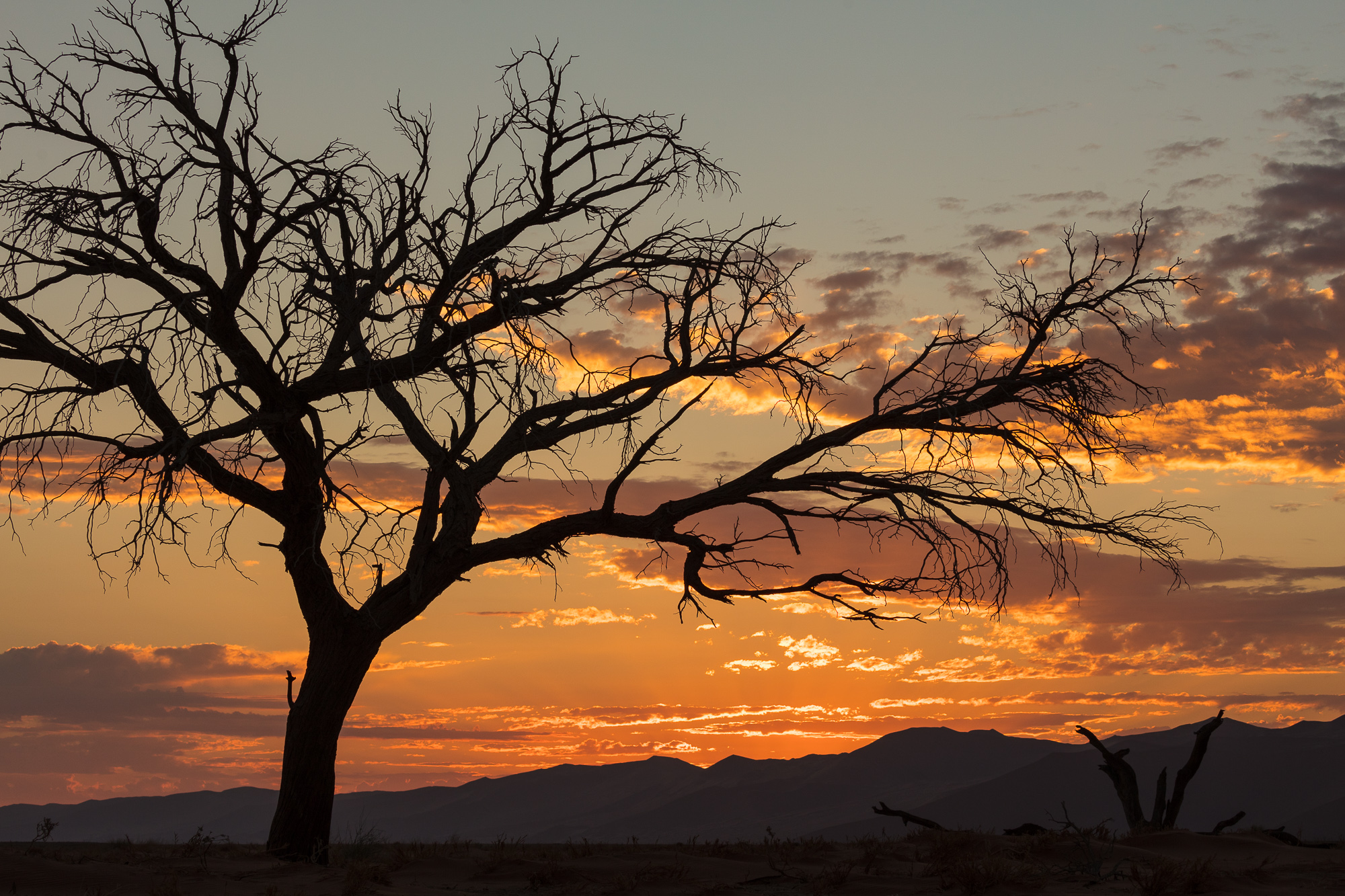Winter is coming to the SF Bay Area, and so are the wonderful variety of wintering birds. I set out on a recent afternoon to see what the winds have brought in, and to capture some of these winged denizens in beautiful golden light. Looking back through the day’s photos though, I realized that most of what I saw were year-round birds. Oh well, even if I didn’t see a typical winter’s variety, the winter months always tend to be a bit more “birdy” around here.
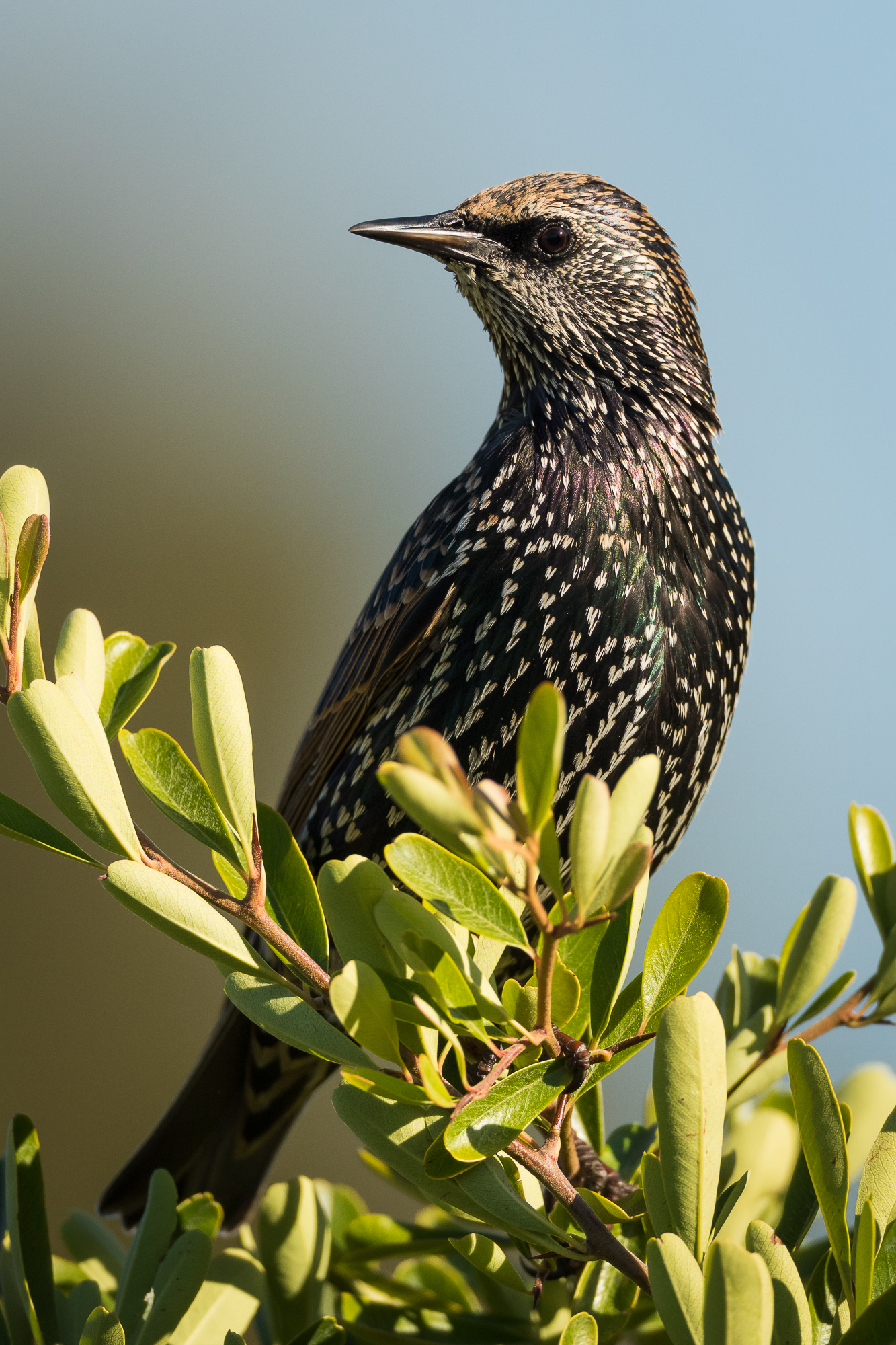
First up on the list was a young European starling. Yes, I know, some consider this more or less a garbage bird, but if you see a good specimen in nice light, it can make a rather pleasent photo.

The next bird I spent time with is a very popular one along the bay – the double-crested cormorant. I got some nice close-up shots has this one swam back and forth, diving for food.
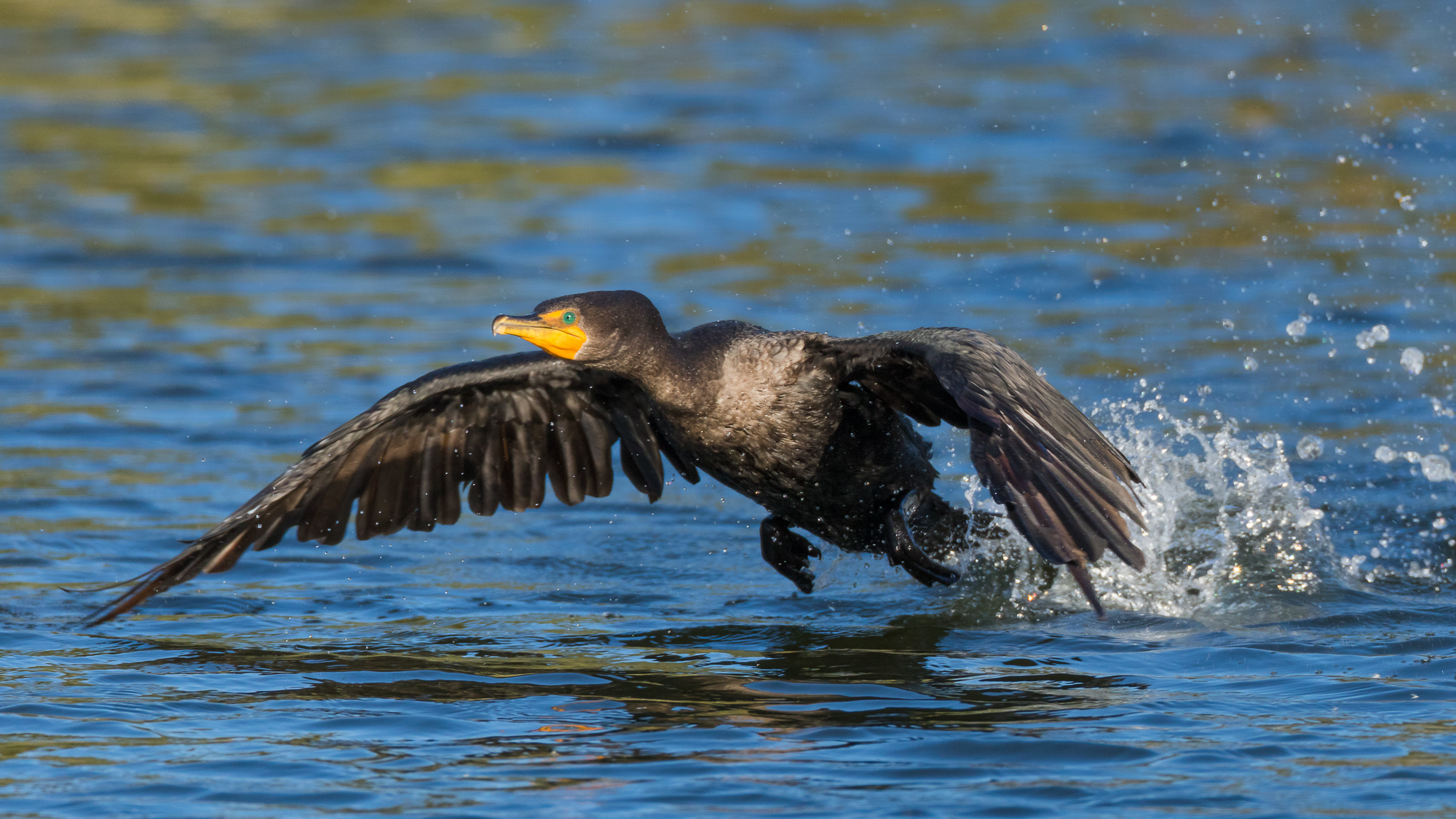
My patience with this commoner was rewarded with some decent take-off and flight shots. Birds in flight are more than a little difficult to shoot with my 800mm beast. So I always give a thank you to those who take off slowly, giving my ample time to track them with autofocus.
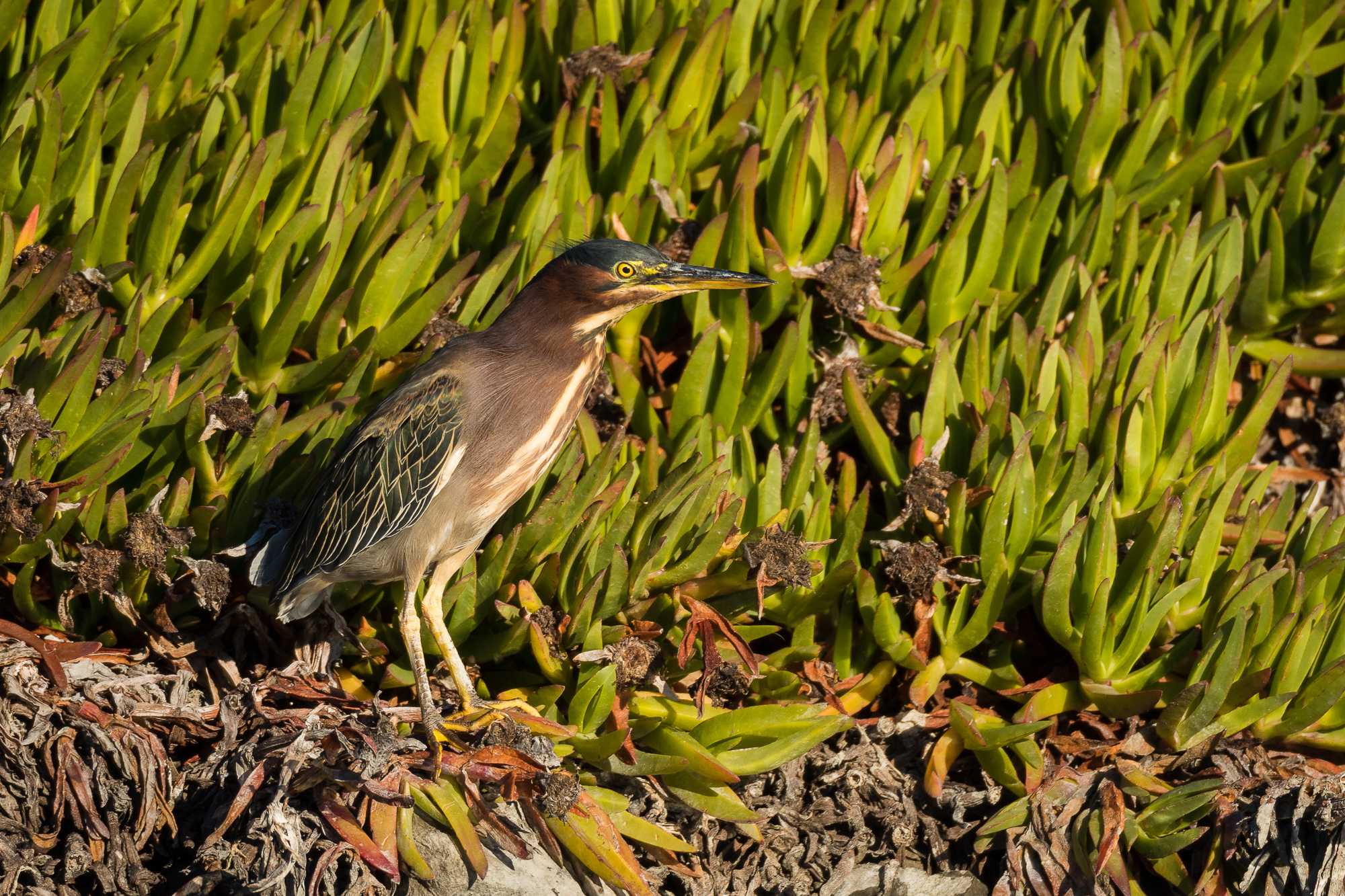
Green herons are pretty common around my house, but are usually seen only by the most avid birders. You wouldn’t think it from the photograph, but these guys can really blend into the rocks and vegetation surrounding the water channels. If they aren’t moving, they are very hard to spot, even when scanning a shoreline with a scope. Therefore, it is always a treat when I do see one and can get close enough for decent photographs.
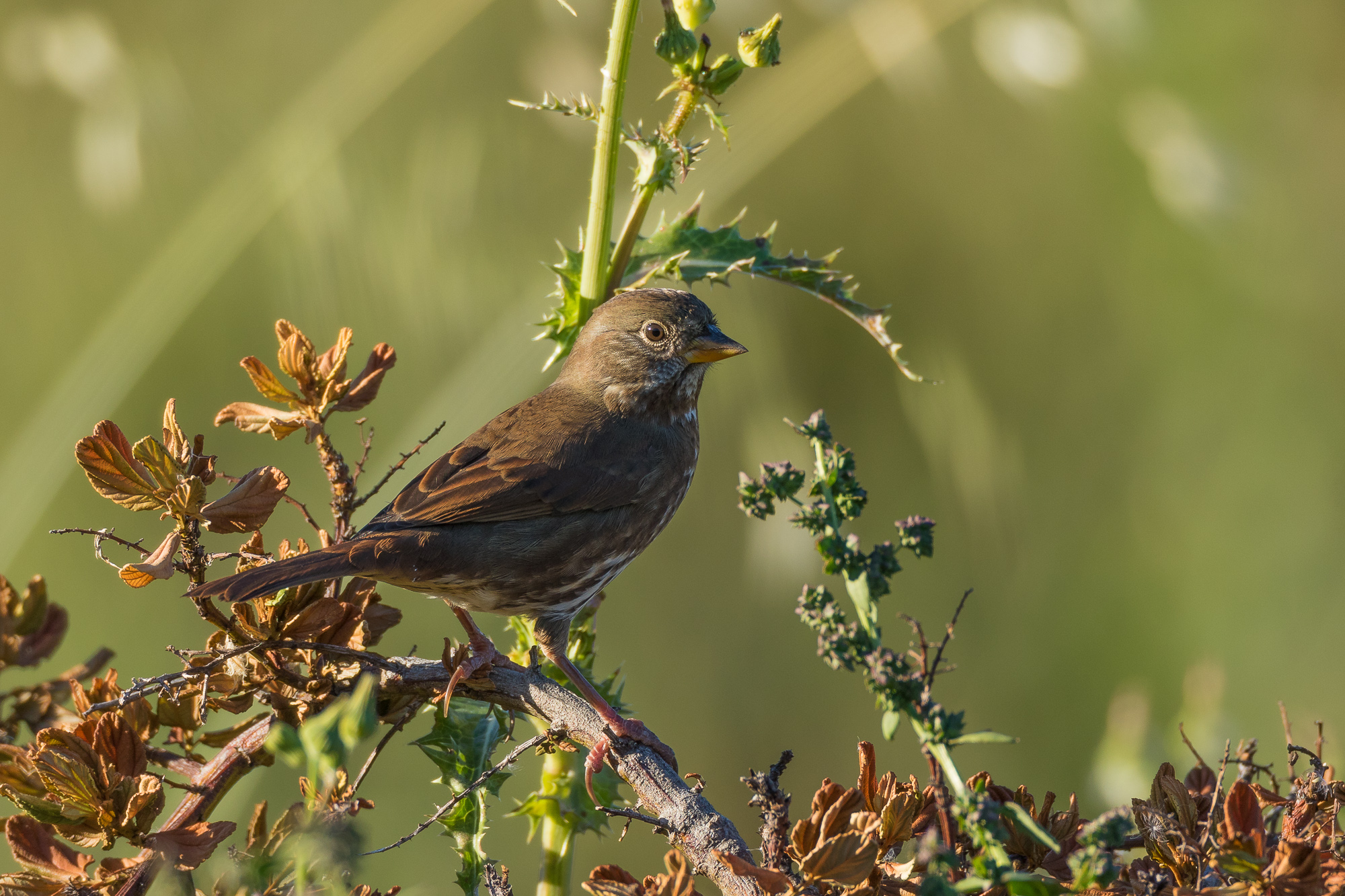
Fox sparrows have a wide range, which includes both breeding and wintering in the Bay Area. However, I’ve seen them more commonly in the winter. These guys are definitely more rare than some of the most common sparrows, and I was happy to catch one on camera as it stopped for a few quick seconds on a branch.
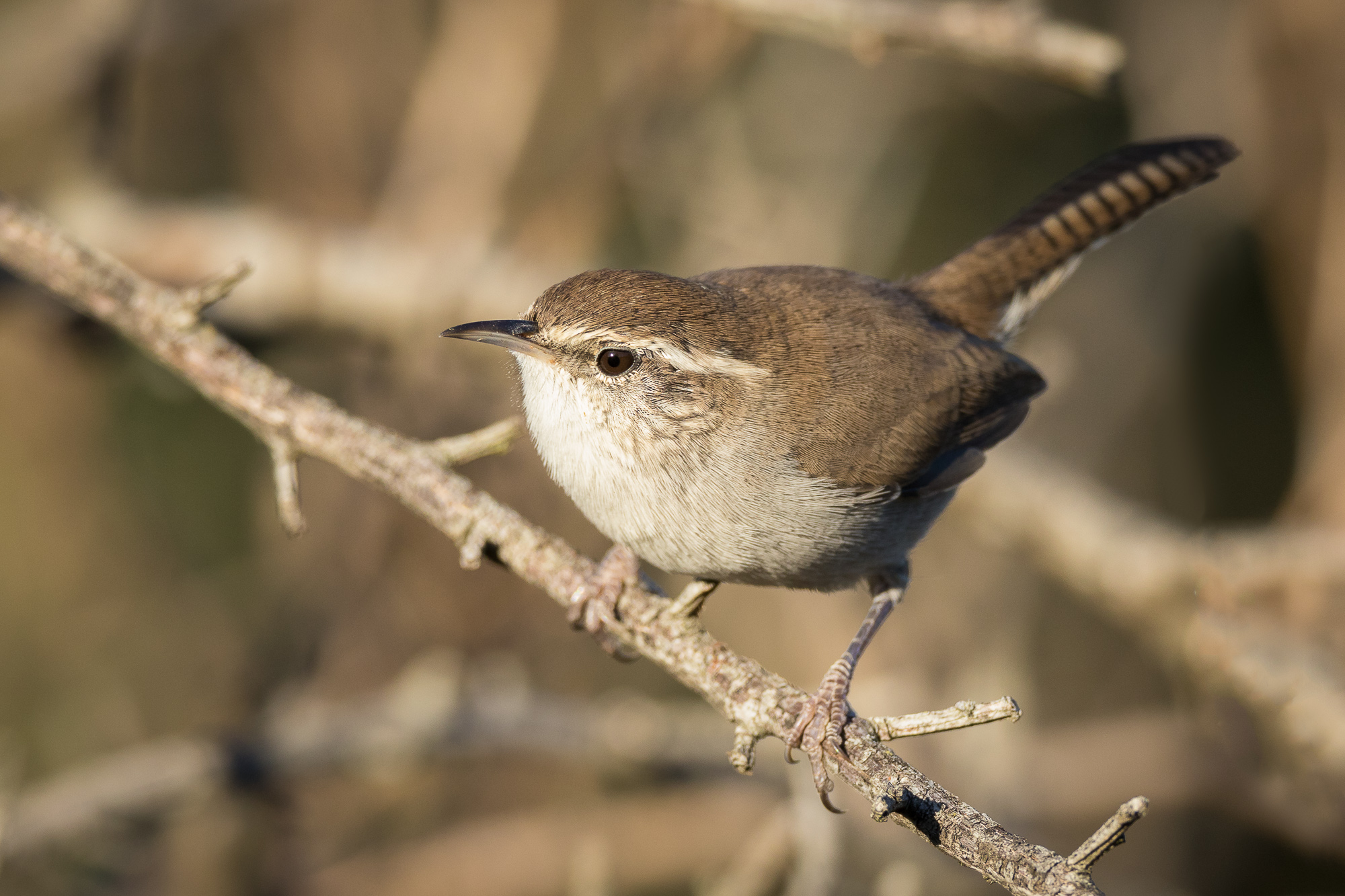
I’m always happy to see these wrens flitting about. They are uncommon enough to warrant excitement, and it was nice to capture one in a natural environment. I have a family of Bewick’s wrens that visit my front yard, but photographs of bird feeders are relegated to my stock collection.
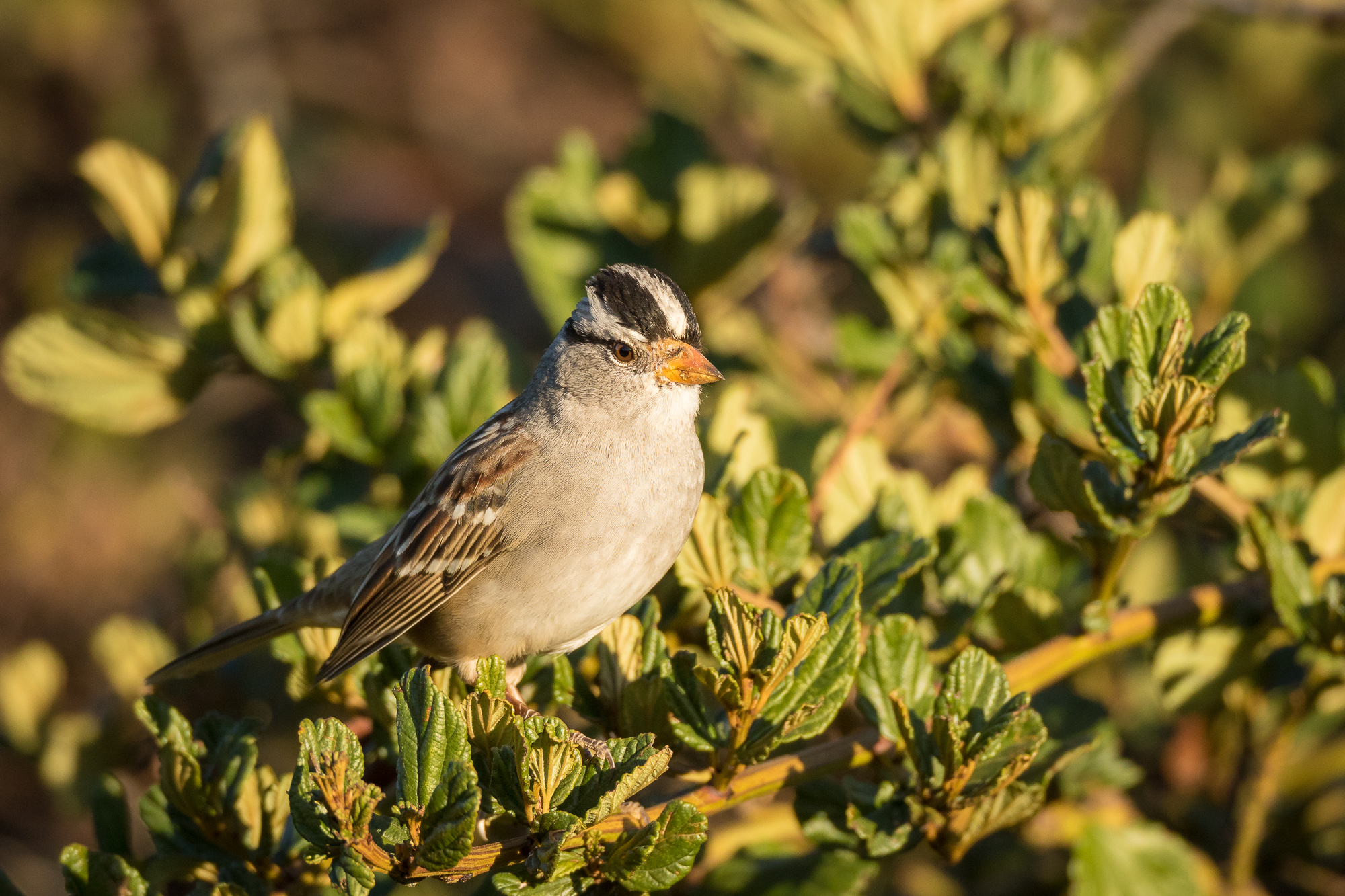
White-crowned sparrows are very common during the winter along the bay, but are not seen here in the summer months. However, they are year round residents just over the hill along the coast. Seeing white-crowned sparrows often reminds me of the diversity of San Mateo county and how you can see an entirely different ecosystem of birds by traveling a few short miles.

Finally, I rounded out my afternoon with the big daddy of the marsh, the great egret. They are very common, but also beautiful. Here I found a nice looking specimen so I spent a little time photographing him. Overall, it was a pretty birdy afternoon – I’m looking forward to the influx of wintering waterfowl that will bring great visual variety to the area.
Gear I used to create the photos in this post:


